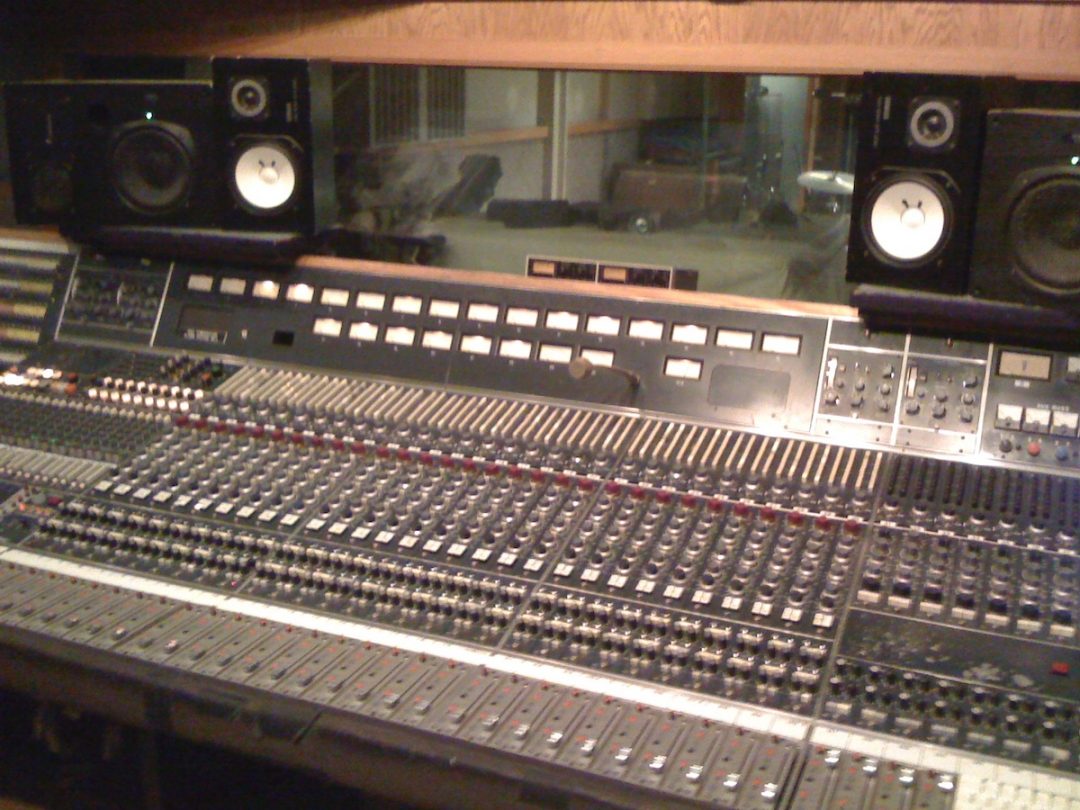

If we take the Slick Eq in American mode and compare it to the API clones it's curves match exactly, but you have to divide the HF shelf frequency by approx 3 and multiply the LF shelf by ~3 as well. You'd have to mix and match models.īut I think what gives these 'character' EQs a lot of their appeal is that they're not subtle - for small adjustments they make big differences over wider frequency ranges than I think many of us would choose to do naturally. If you've not already got it you should try Slick EQ, there wasn't a 1073 match among it's various models, but some of the Shelving curves were similar, and some of the mid filters were similar, I can't remember which models though. This of course presumes that the T-Racks Eq 73 is. The 1973 might be good on it's own merits but I wouldn't say it was in any way a 1073 clone. The 1973 doesn't model the harmonic distortion at all. Testing Stillwell's 1973 against T=Racks EQ 73 gave very different results: the HF and LF shelving curves very radically different, the mid filter in Wide mode was similar (within a couple of dB). So I think that it's reasonable to assume that Waves and T-Racks are pretty faithful to the hardware given that they match each other.

I sadly don't own the original hardware so establishing a baseline for accuracy is difficult, but comparing Waves API 550's against T-Racks API's I found the EQ curves matched exactly, also as I've mentioned in another thread this also matches TDR/VOS slick EQ in American mode. I didn't measure time domain differences. I did a bit of testing on various EQs whilst deciding want to get in the Black Friday sales, I compared the filter shapes at various degrees of cut and boost, and the harmonic distortion.


 0 kommentar(er)
0 kommentar(er)
